What is Regenerative Living for Modern Families?
Have you heard of regenerative living or regenerative agriculture? What does it mean for families and how can it help fight climate change? Read on for a simple introduction to how we can help our planet return to health through our everyday lives.

Last year was the year of climate action. Eco-friendly and sustainable living are entering mainstream consciousness and vocabulary. Every major brand has sustainability initiatives. Schools and communities have taken steps to operate in more sustainable ways. This is all great news!
But what if we could do better? Do we want to sustain the current state of our planet? What if we could reverse the effects of climate change and act in ways that don’t just “pollute less” or “waste less” but regenerate and replenish the health of the planet?
Regenerative Living
Here’s the great news – we can and it’s coming! Have you heard about regenerative living? Regenerative habits and processes in everything from our homes to agriculture to fashion and more work not just to limit the toll humans have on our environment but make the air, soil, water, and ecosystems healthier than we found them. According to Whole Foods, regenerative agriculture is anticipated to be a hot topic in 2020, and they know a thing or two about food trends.
Regenerative living might seem difficult on the surface, particularly in the wake of massive sustainability movements that are not working all that well, but it’s easier than we might think. In fact, up until a century or two ago, humans coexisted in a regenerative relationship with the planet and all living things on Earth.
Many indigenous cultures offer excellent examples to follow. Braiding Sweetgrass: Indigenous Wisdom, Scientific Knowledge and the Teachings of Plants by Robin Wall Kimmerer is a great book that offers many examples of how indigenous lifestyles are inherently regenerative and respectful toward Mother Nature.
For much of history, humans worked with the land to extol its resources for their benefit, yet also respected the land and gave back in such a way to replenish what they took. They cared for the land, plants, animals and ecosystem to ensure that the planet continued to provide all the resources needed for survival.
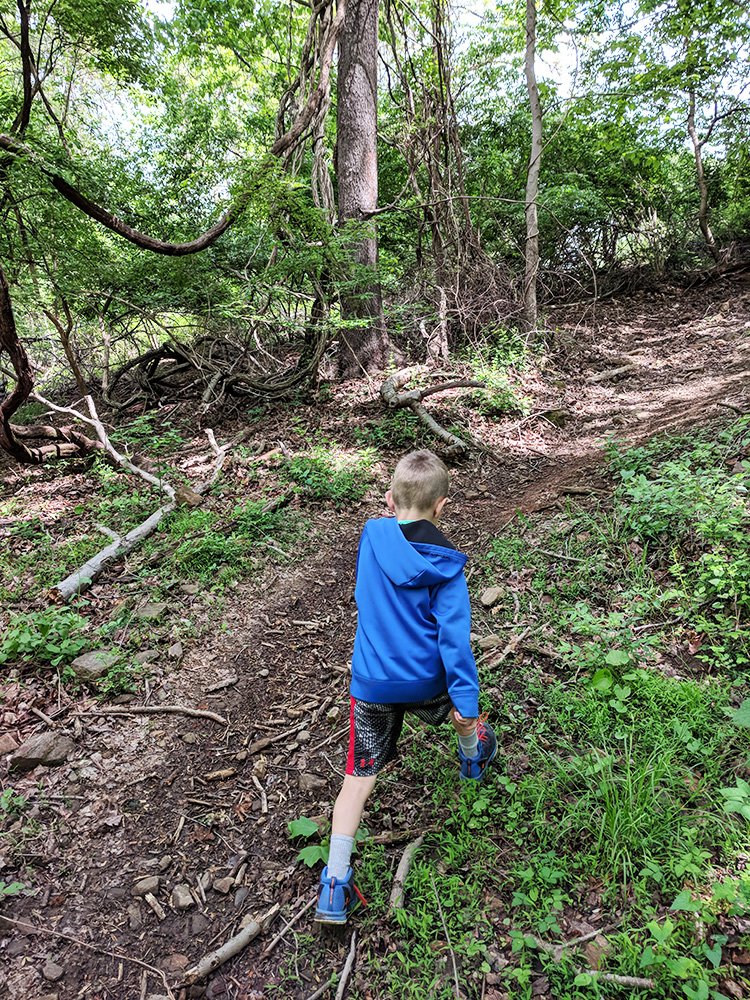
Regenerative Agriculture
In recent decades, we’ve lost immense respect for what healthy soil, clean air, and fresh water offer us. Particularly in agriculture, many modern-day practices strip the land of its value and do little to return or renew what we take. We grow food that absorbs nutrients and minerals from the soil but rarely restore the soil after our crops draw out its life.
Commercial agriculture is complicated, heavily influenced by large companies in search of profit, and it’s necessary to feed billions of hungry bellies around the world. Hunger is a near-term struggle that sensibly calls for solutions that don’t take years or decades to bring to fruition. Yet our short-term outlook on producing the most food for the least amount of money has long-term consequences that are costing us extensively in terms of environmental damage and health concerns.
Many of our current agriculture practices are degenerative, meaning the quality of the soil and the food produced is decreasing over time. The quality of our food is directly impacted by the quality of the soil in which it’s grown.
Recently, some farmers have started looking to more regenerative agriculture practices to produce better quality food and healthier farmland. Regenerative agriculture helps build more fertile soil, increase biodiversity, reduce soil erosion, sequester carbon, prevent drought, and more. Regenerative habits might be one of the most impactful steps we can take to fending off climate change and fostering a healthier planet for our families.

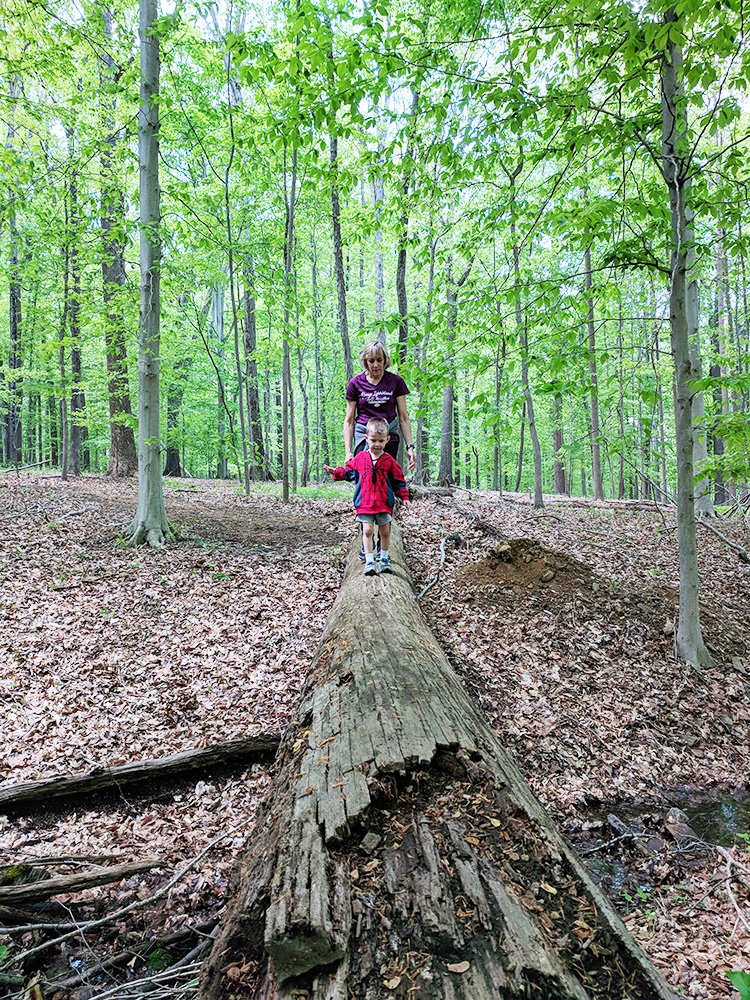
Regenerative Living for Modern Families
But what can we do in our everyday lives to promote and practice regenerative living habits and start giving back to the planet the plethora of resources we’ve taken? Maybe surprisingly, there are many ways we can begin to incorporate regenerative living into our homes and family lives.
Composting is a simple example of regenerative living almost all of us can practice. Composting turns dirt into nutrient-rich soil that better serves us and our environment. Our food scraps and packaging boxes work together to turn trash into treasure in a compost bin.
We can focus on wearing clothing made from natural materials instead of synthetic plastics that take centuries to decompose when disposed. This helps sustain the farmers who grow natural materials and also reduces our reliance on oil, the main ingredient in many of our synthetic clothes.
We could add more native trees and plants to our yard and welcome the wild animals whose habitat they become. We might consider turning yard waste like grass clippings and dried leaves into protective layers for our gardens, instead of leaving it at the end of our driveways to be picked up by waste management companies. We can limit the use of synthetic fertilizers and pesticides on our lawns and gardens and turn to more natural means of soil development and care. Let’s start by ditching our perfectly manicured lawns.
There are many ways to show more respect for the planet, appreciate the resources we consume, and return those resources to our ecosystems to continue the fluid web of life that has cycled for eons on Earth.
I’ve relied on a variety of resources to learn about how to incorporate regenerative practices in our everyday family life. For example, Kiss The Ground hosts an online and in-person class (in Los Angeles, California) all about Regenerative Gardening and Living that has been particularly helpful and incredibly interesting. If you’re interested in learning more about Regenerative Gardening and Living in your house, I highly recommend checking out this class and use the code SOIL2020 to get a 10% discount!
As I’ve learned more about the principles, I’ve incorporated several regenerative practices in our home and garden and will continue to share what that looks like in our modern family life. Do you practice regenerative living habits with your family? If so, what does it look like for you? Do you have any favorite habits? Please share your ideas in the comments so we can all benefit and grow!

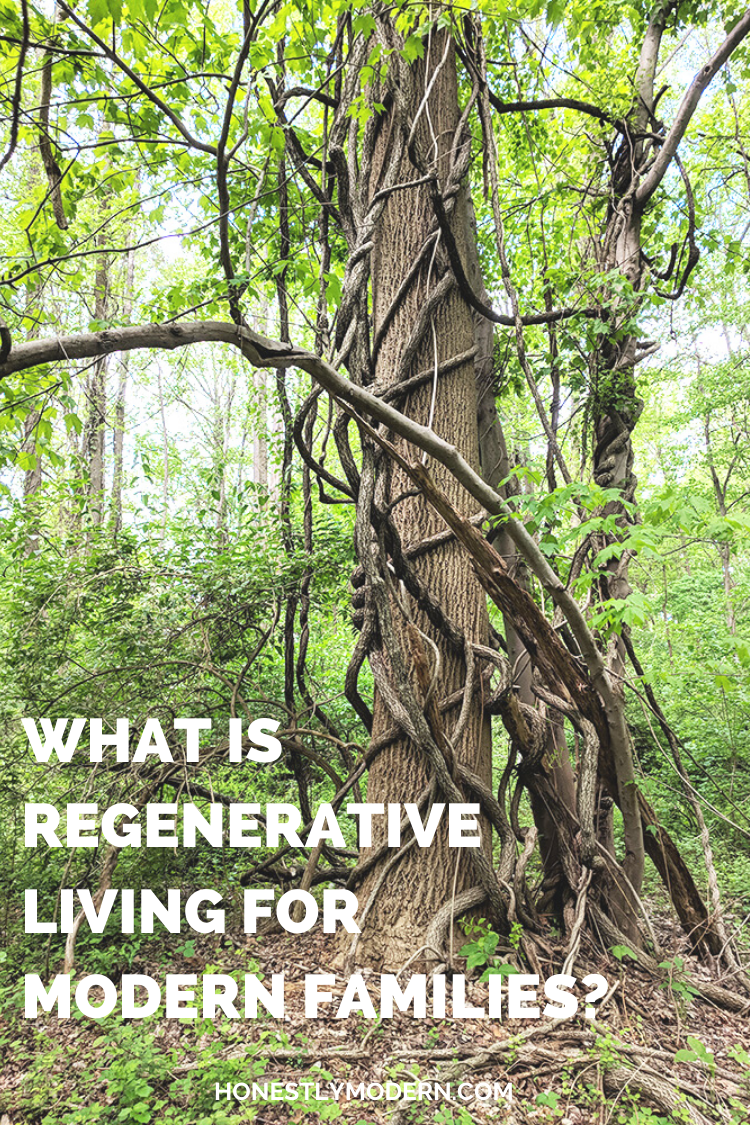


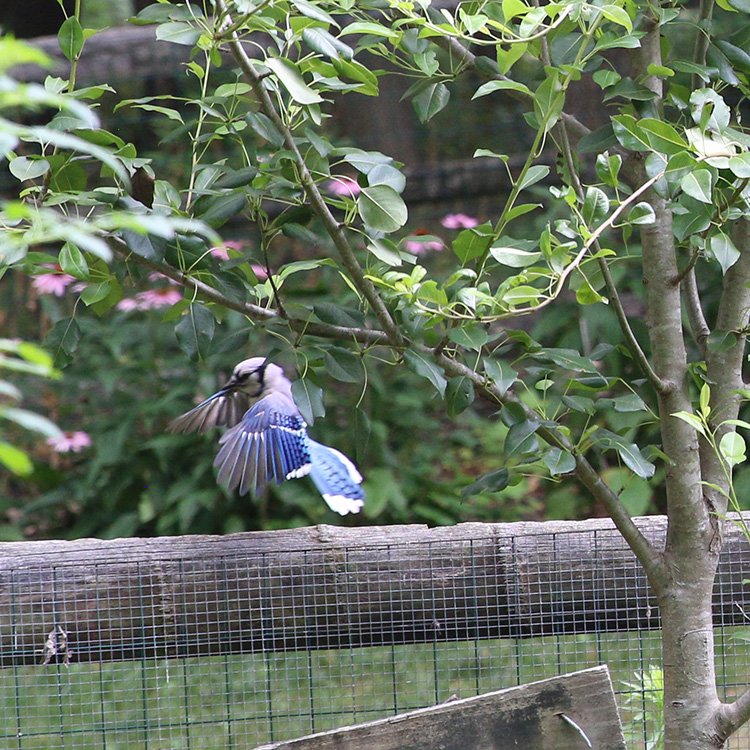

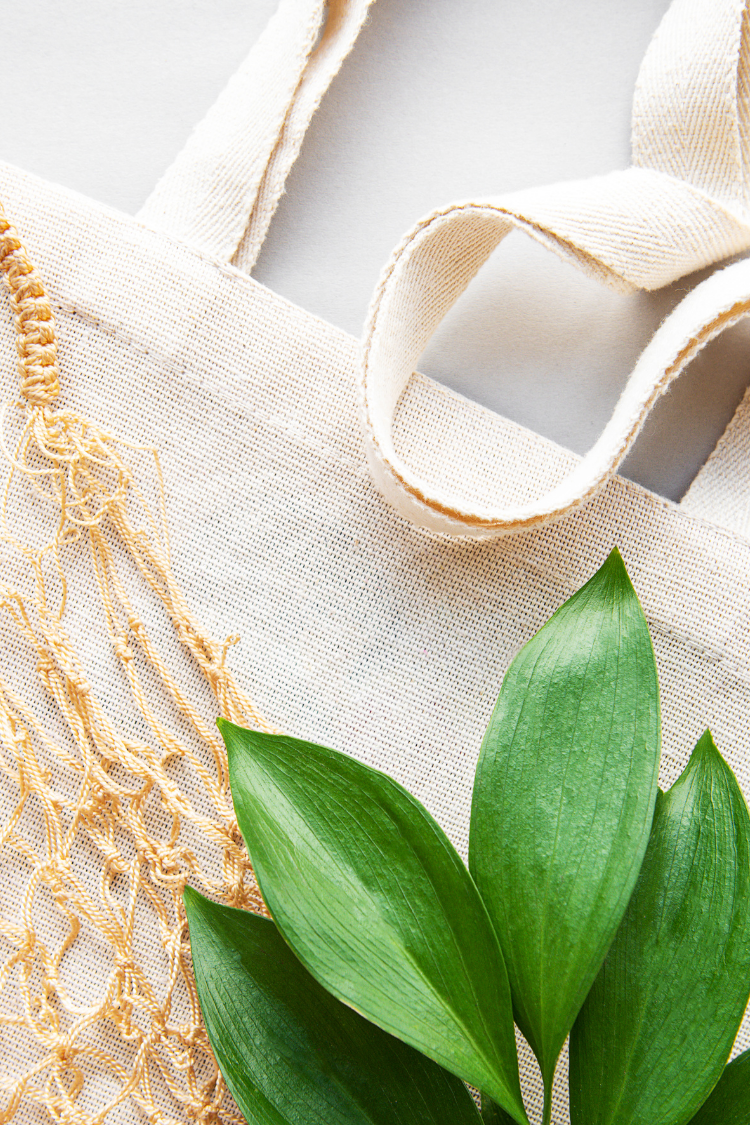
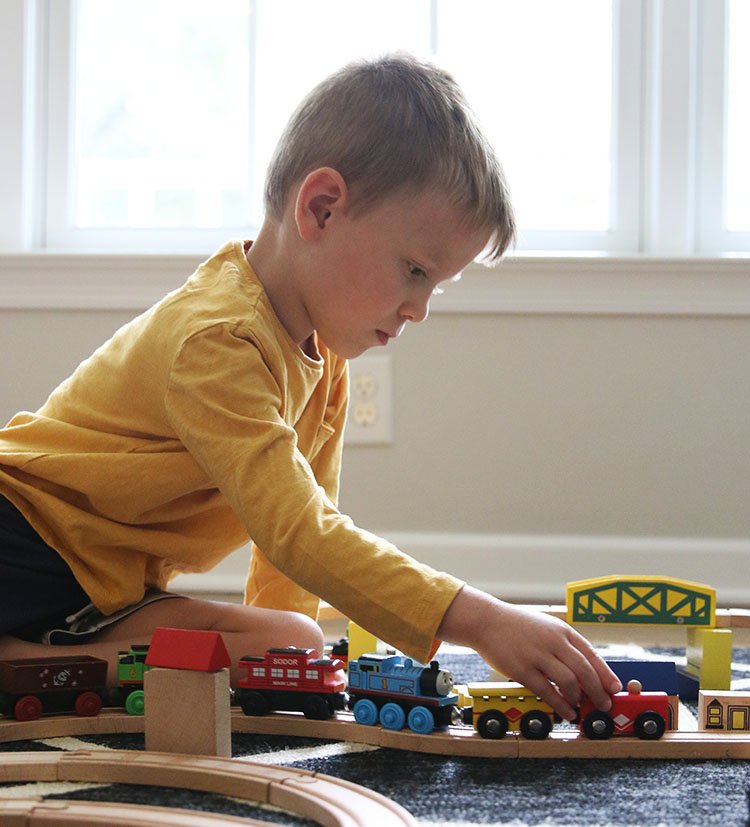


We have introduced and developed large-scale refenerative agriculture by involving farmer groups. We plant various food commodities, especially leguminose as cover crops and intercropped with corn plants. the location of the farm is on the island of Bali. an international tourist destination that is well known for its cultural customs and natural beauty.
Thank you for sharing this. Very interesting.